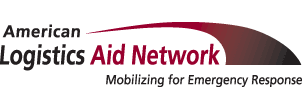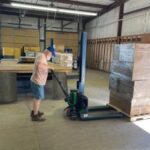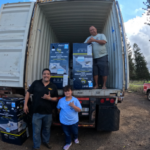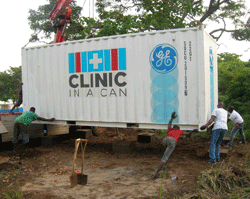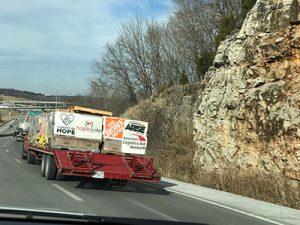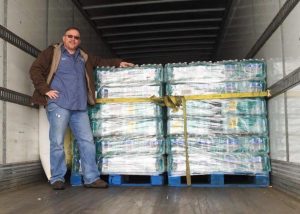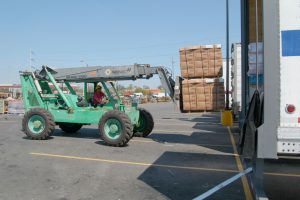ALAN'S Official STORM Advisory
S tay safe. If you and your business facilities are located anywhere near a storm’s path, be sure to monitor your local National Weather Service forecast for real-time details. Just as important, please heed any warnings or advisories that pertain to you or your personnel – and allow plenty of time for your employees to evacuate or make preparations to shelter in place.
T reat every storm like it might be the big one – even if previous storms have seemed to be “much ado about nothing.” Each time an area successfully dodges a major tropical storm or hurricane, it increases the risk that local residents won’t take future warnings about hurricanes quite as seriously. Please don’t buy into this attitude. Each storm truly is unique, and just because you haven’t been impacted in a big way yet, there’s no guarantee that you’ll continue to be that fortunate moving forward. Always heed the warnings for your area – and don’t ever assume those warnings are exaggerated. Your life and safety could depend on it.
O ffer any logistics space, equipment or services you might be willing to donate at https://www.alanaid.org/how-to-help/. Although logistics professionals may not have the medical skills of first responders, they have many skills and assets that can be equally applicable after disasters hit – because when bad things happen, one of the hardest parts of humanitarian organizations’ jobs is getting items like food and hydration to disaster sites as quickly as possible. In fact, logistics accounts for up to 80% of their disaster budgets – and as much as 40% of that is wasted. That’s a lot of cost – and considerable opportunity for the logistics community to be of use. (It’s also what ALAN is all about.)
R esist the urge to self-deploy or to participate in product collection drives. Although the intention behind these drives is good, they often create more challenges than they solve, including adding more products to a supply chain that is already under tremendous strain. The same holds true for just packing up a truck and heading down to a disaster-impacted area, because that could get in the way of first responders who are working to save lives. If you’re looking for a tangible way to engage your employees in storm relief, pick a humanitarian organization and collect money for it instead. Such donations will be much more useful and efficient.
M ake frequent visits to ALAN’s Supply Chain Intelligence Center at https://alanaid.org/map and our Disaster Micro-Site at https://www.alanaid.org/operations. The first offers you free, real-time visibility to the latest disasters and their supply chain impacts down to the state and local level. The latter provides specifics about how ALAN has activated to address the storm, and how members of the logistics community can help.
